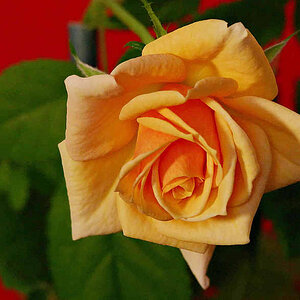kcvpr
TPF Noob!
- Joined
- Jan 25, 2016
- Messages
- 7
- Reaction score
- 0
- Can others edit my Photos
- Photos OK to edit
Hello everyone!
I have been really interested in astrophotography lately. I've been trying to figure out which of my lenses would work best with as little star trail as possible. I have found and used the 500 rule with some success. But all my shots so far using the 500 rule have been with EF lenses and not EFS lenses with a 1.6 crop sensor. I know that using a EF lens on a crop sensor changes the effective focal length.
All that being said, has me confused on using an EFS lens and the 500 rule with a crop sensor. Does using the EFS lens mean I could use a longer exposure than an EF lens of the "same" (EF 24mm F/2.8 VS EFS 24mm F/2.8 for example) focal length?
Lens list:
EFS 24mm F/2.8
EF 17-40mm F/4L
EF 24-70 F/4L IS
Thanks for the help!
I have been really interested in astrophotography lately. I've been trying to figure out which of my lenses would work best with as little star trail as possible. I have found and used the 500 rule with some success. But all my shots so far using the 500 rule have been with EF lenses and not EFS lenses with a 1.6 crop sensor. I know that using a EF lens on a crop sensor changes the effective focal length.
All that being said, has me confused on using an EFS lens and the 500 rule with a crop sensor. Does using the EFS lens mean I could use a longer exposure than an EF lens of the "same" (EF 24mm F/2.8 VS EFS 24mm F/2.8 for example) focal length?
Lens list:
EFS 24mm F/2.8
EF 17-40mm F/4L
EF 24-70 F/4L IS
Thanks for the help!



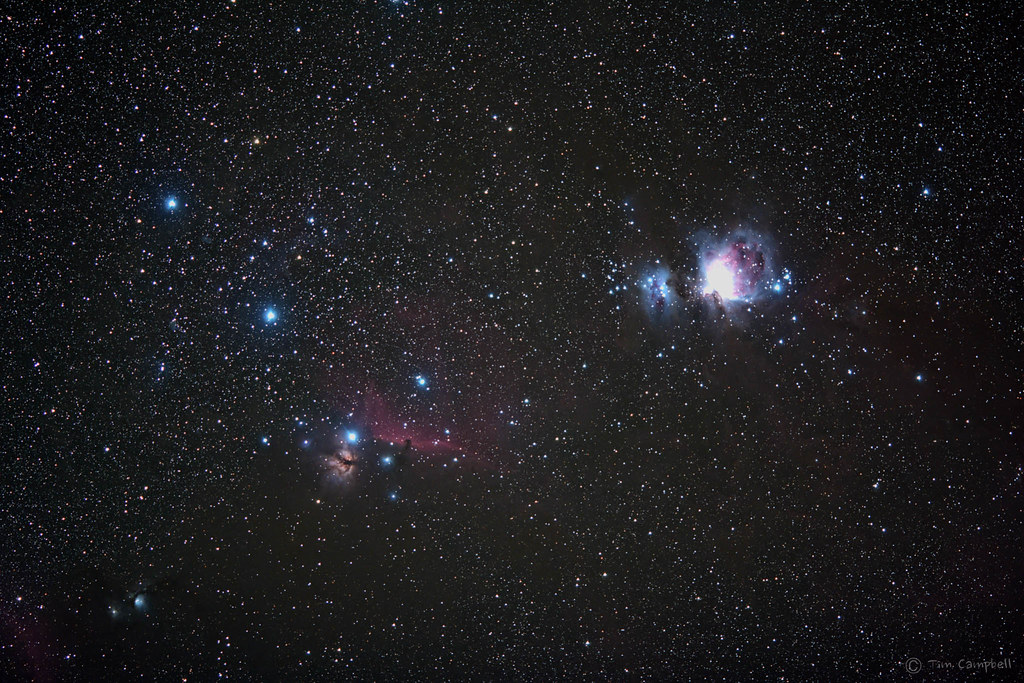 Lower Region of Orion
Lower Region of Orion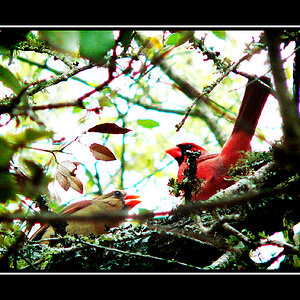

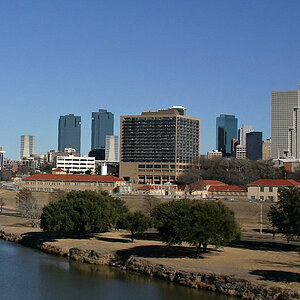


![[No title]](/data/xfmg/thumbnail/35/35962-c0d3c2e7c3fd7f9bd7e12c21f955f4f0.jpg?1619737278)
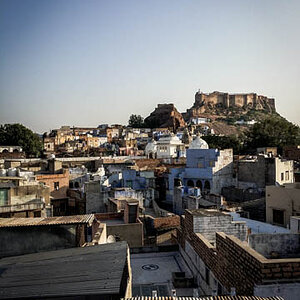
![[No title]](/data/xfmg/thumbnail/32/32700-18534997be82e5150c566a9e67a00471.jpg?1619735602)
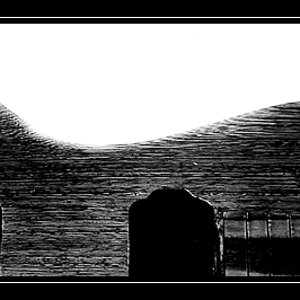

![[No title]](/data/xfmg/thumbnail/37/37603-739c5d9b541a083a12f2f30e45ca2b7b.jpg?1619738147)
